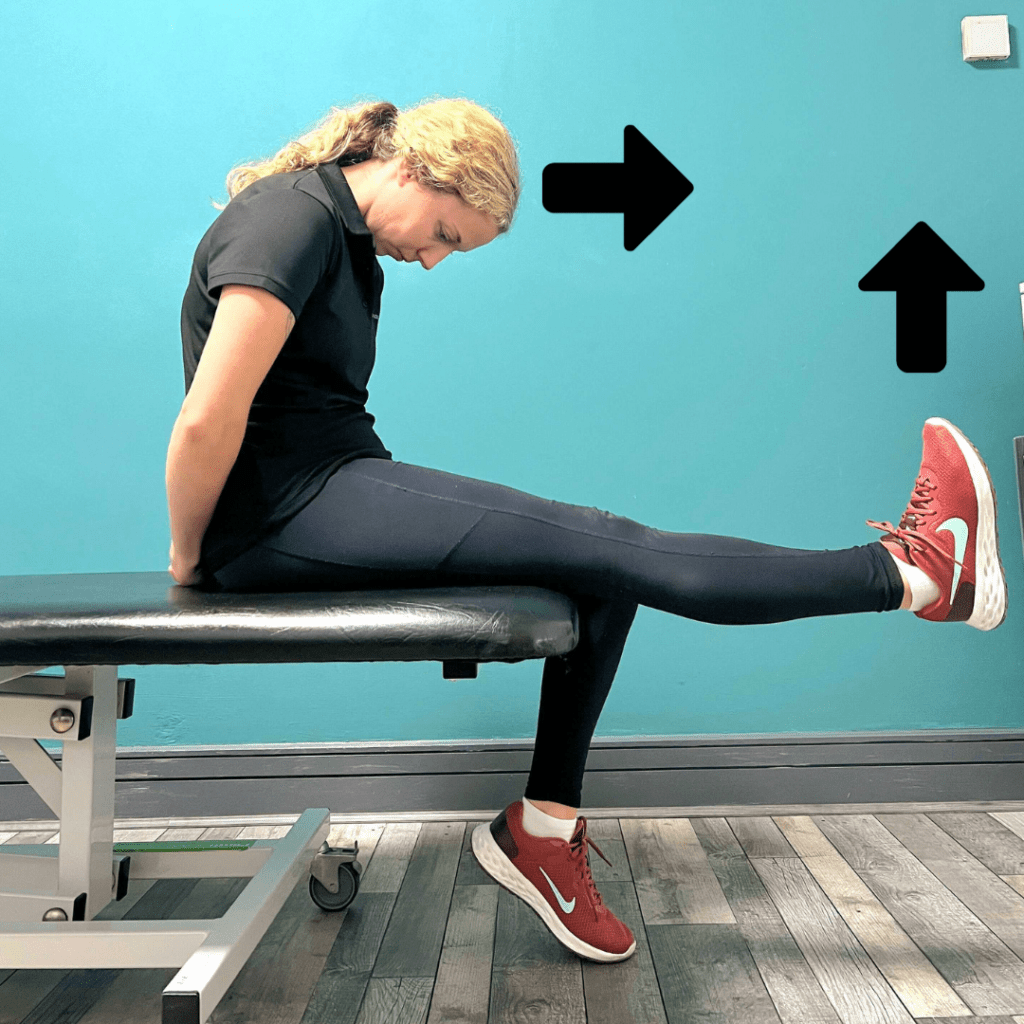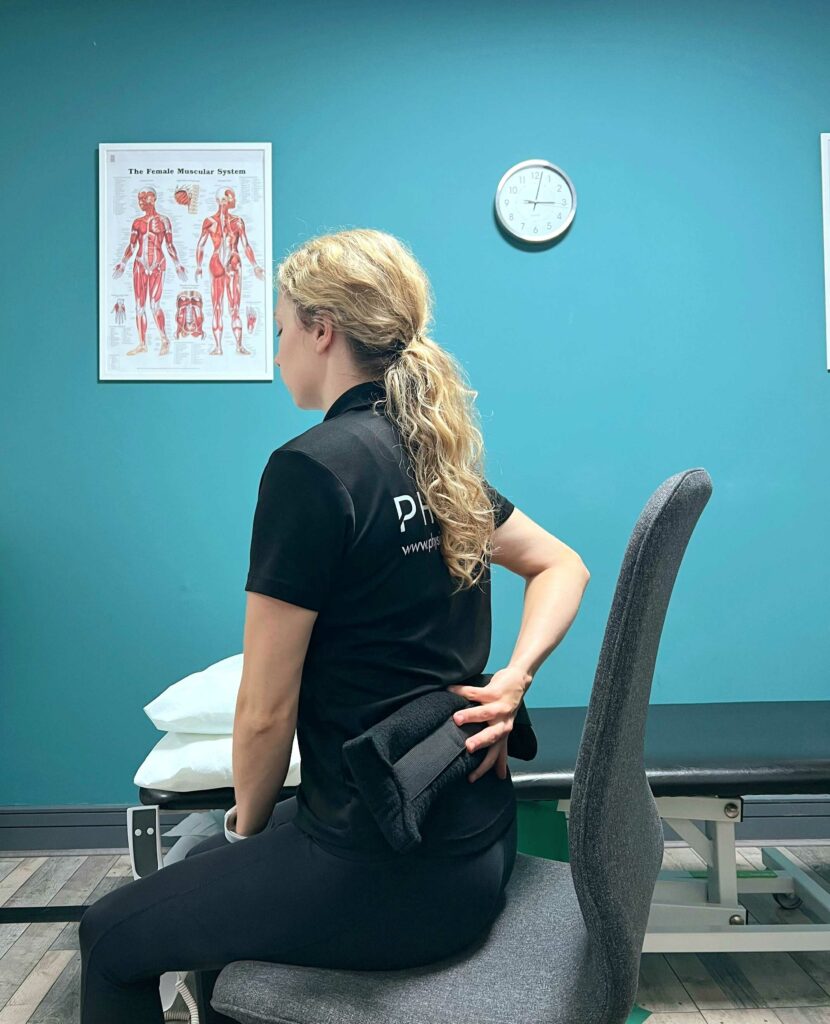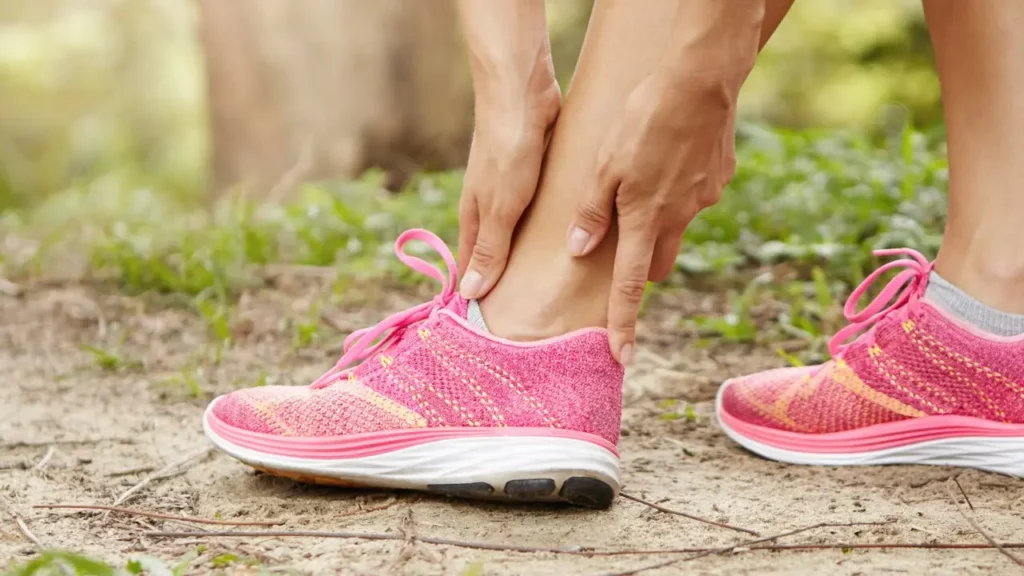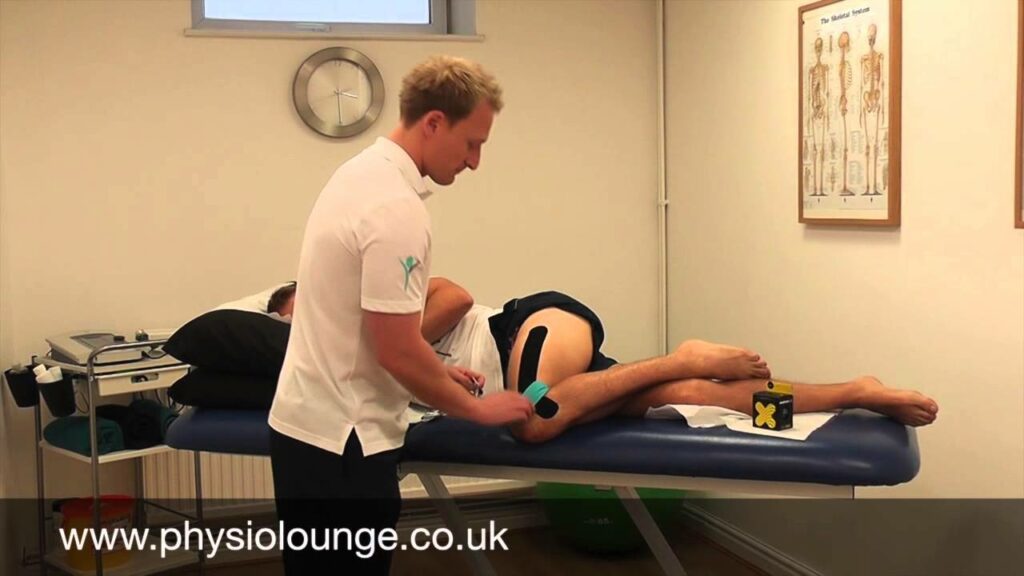What Is Sciatica and How Can I Ease It?
If you have been experiencing severe and sudden pain, in your back, shooting down your leg, or tingling in your legs, you may be suffering with sciatica.
Physiotherapy has been shown to help with pain from sciatica by reducing inflammation and relieving muscle tension.
1. Causes of sciatica
Your sciatic nerve runs from the base of your spine, through the buttocks and down each leg to the feet. The nerve can become irritated or compressed for various reasons. If this happens you may experience symptoms such as intense pain, numbness, and tingling.
Some common reasons why this irritation or compression can occur can include:
-
- Lifestyle (working at a desk, prolonged sitting, poor posture, incorrect mattress, wearing high heels)
-
- Back injury
-
- A slipped disc
-
- Spinal stenosis (narrowing of the spinal cord)
-
- Pregnancy

2. Symptoms of sciatica
Sciatica often presents in the form of intense sensations including pain (often like a shooting pain, or electric shock). It can also present as a tingling, burning and/or numbness in areas such as your lower back, down the buttocks, thighs, into the lower leg and foot. The pain you experience may be very uncomfortable and feel like a stabbing or shooting sensation which may also worsen with certain actions or movements such as coughing, sneezing or trying to move in certain directions or lift something. You may also have difficulty bending your knees or lifting your foot off the ground.
One of the many tests we use to confirm or rule out sciatica is the “slump test”:

If you perform this movement and feel a shooting pain down your leg, it is a good indicator that you do have sciatica. If you have a positive result from this, seek help from our Physiotherapists at The Physio Lounge.
3. Self Help in the meantime
Sciatica can be extremely intense and uncomfortable , however symptoms will usually resolve themselves within 4 – 6 weeks, although they can last longer. Seeing a Physiotherapist can speed this process up and there are other things you can do to support easing the pain, and speeding up your recovery including:

-
- Heat packs may temporarily relieve muscular discomfort if the issue is stemming from the lower back
-
- Continuing to keep moving as much as possible. As much as you may want to not move, prolonged periods without movement will only worsen the pain and lengthen your recovery time
-
- Gentle exercise – only if you feel able to
-
- A pharmacist can recommend painkillers if you are struggling to manage the pain
-
- Sleep with a pillow between your knees whilst lying on your side
4. Further support
If you pain is persisting or symptoms aren’t easing after several weeks, your GP may prescribe you a muscle relaxant. In extreme circumstances over long periods of time, surgery to relieve pressure on the sciatic nerve is an option but much less commonly required.
Physiotherapy is commonly used to successfully identify and treat sciatica. At The Physio Lounge you will be prescribed a bespoke program of treatment and exercises to ease symptoms, decrease pain level, and speed up recovery. Physiotherapy is the key to unlocking the underlying cause of your sciatica to prevent reoccurrence.
Treatment can include manual therapy, alongside effective exercise prescription. Acupuncture and Shockwave Therapy can also be beneficial which we offer at multiple clinic sites.
5. Preventing sciatica reoccurring
Sciatic pain is common, however there are some preventative measures that can be put in place to help reduce the likelihood of it reoccurring. These can include:
-
- Improving your posture
-
- Avoiding being sedentary for extended periods of time
-
- Practising a regular strength and conditioning routine to strengthen your core and leg strength.
-
- Improve your flexibility.
-
- Stop smoking.
-
- Maintain a healthy weight.
-
- Ensure your chair has good lumbar support – at home and work
-
- Ensure you lift correctly when performing daily tasks – bending at the knees, holding objects close to your body. This reduces the pressure on your back.
To watch Jonathan’s top tips for sciatica: click below:
If you would like more information, please don’t hesitate to Contact us or Book Online.



